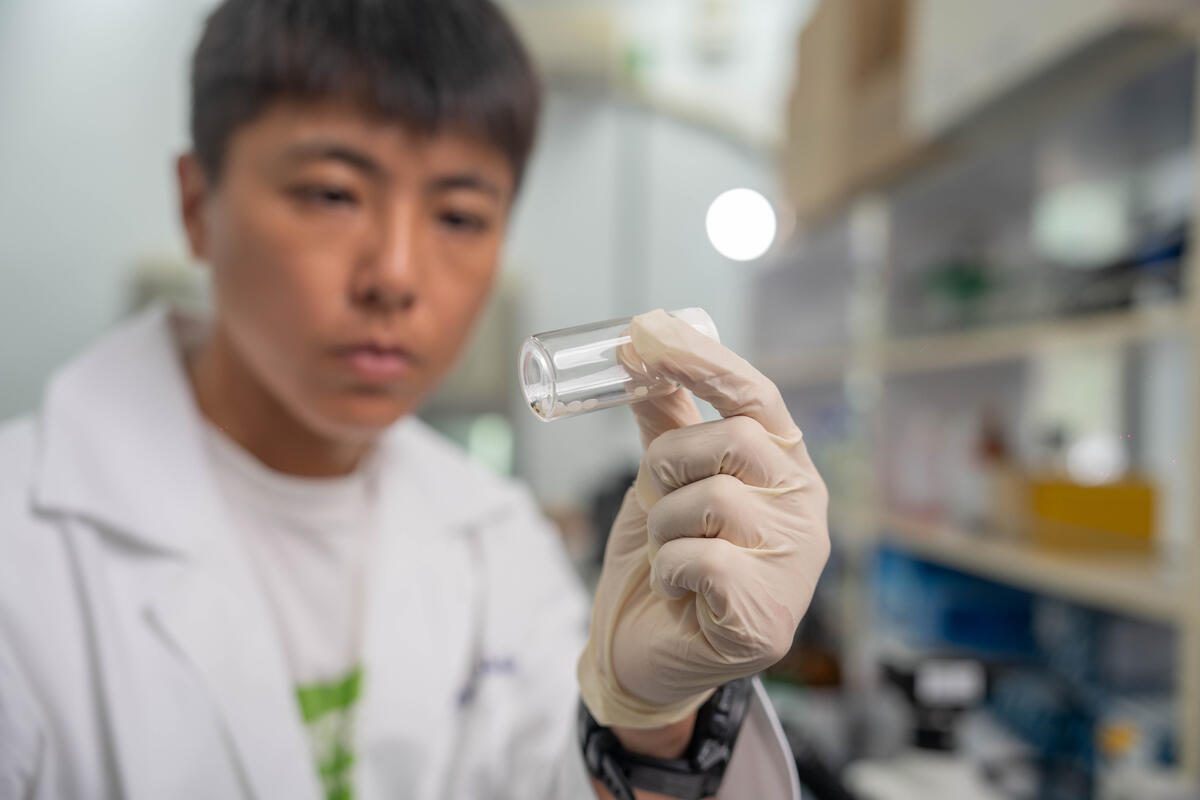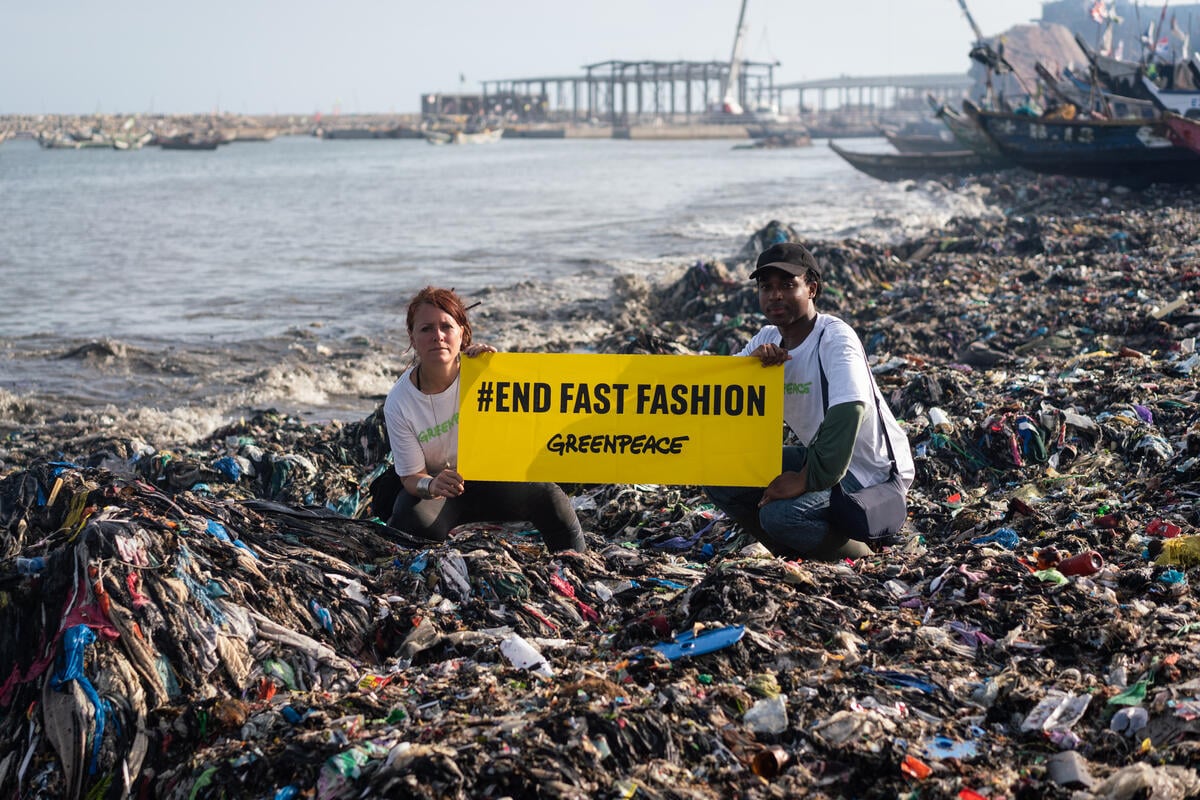Greenpeace International has commissioned a new investigation that delves even further into the hazardous chemicals used in the production of high street fashion.
Spurred on by the success of Greenpeace’s Detox Campaign, which exposed the links between textile manufacturing facilities using toxic chemicals and water pollution, the investigation was expanded to include 20 global fashion brands – including Armani, Levi’s and Zara – as well as more hazardous chemicals.
A total of 141 items of clothing were purchased in April 2012 in 29 countries and regions worldwide from authorised retailers. The chemicals found included high levels of toxic phthalates in four of the garments, and cancer-causing amines from the use of certain azo dyes in two garments. NPEs were found in 89 garments (just under two thirds of those tested), showing little difference from the results of the previous investigation into the presence of these substances in sports clothing that was conducted in 2011. In addition, the presence of many other different types of potentially hazardous industrial chemicals was discovered across a number of the products tested.
As inherently hazardous substances, any use of NPEs, phthalates, or azo dyes that can release cancer-causing amines, is unacceptable.
As global players, fashion brands have the opportunity to work on global solutions to eliminate the use of hazardous substances throughout their product lines, and to drive a change in practices throughout their supply chains.
Download Toxic Threads: The Big Fashion Stitch-Up [PDF].
Download the accompanying Technical Report [PDF] prepared by the Greenpeace Research Laboratories.



